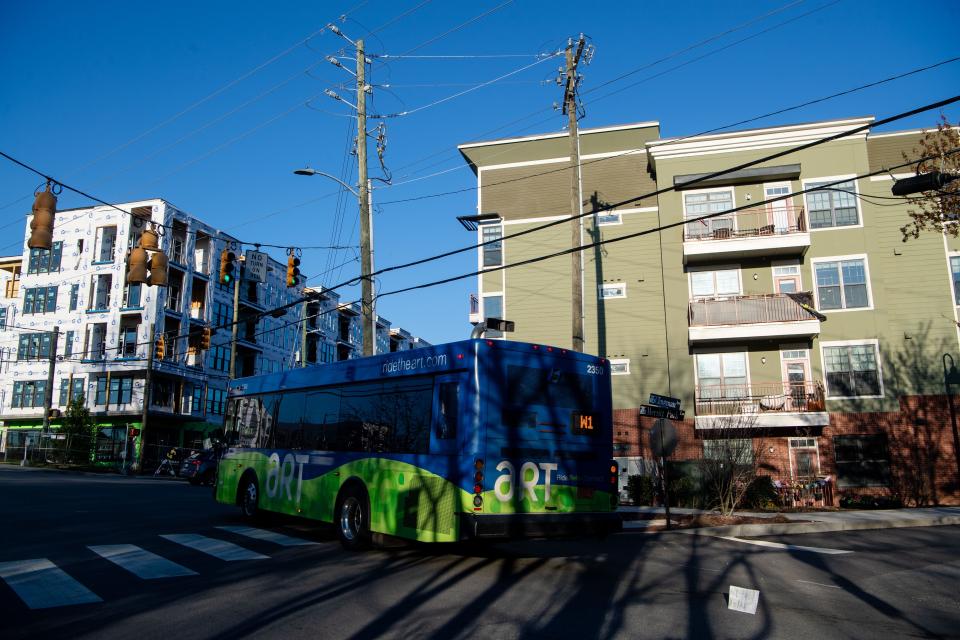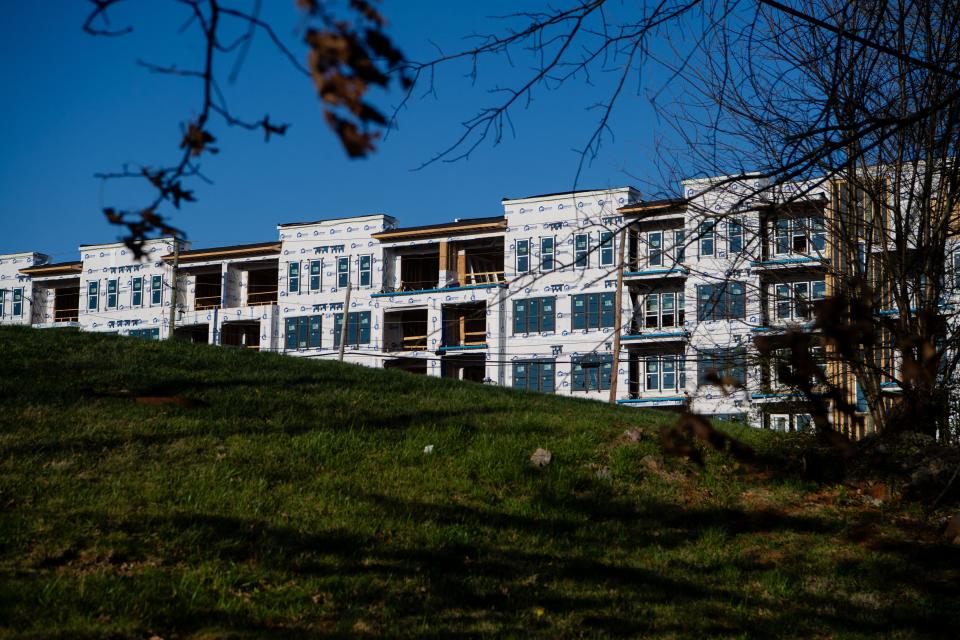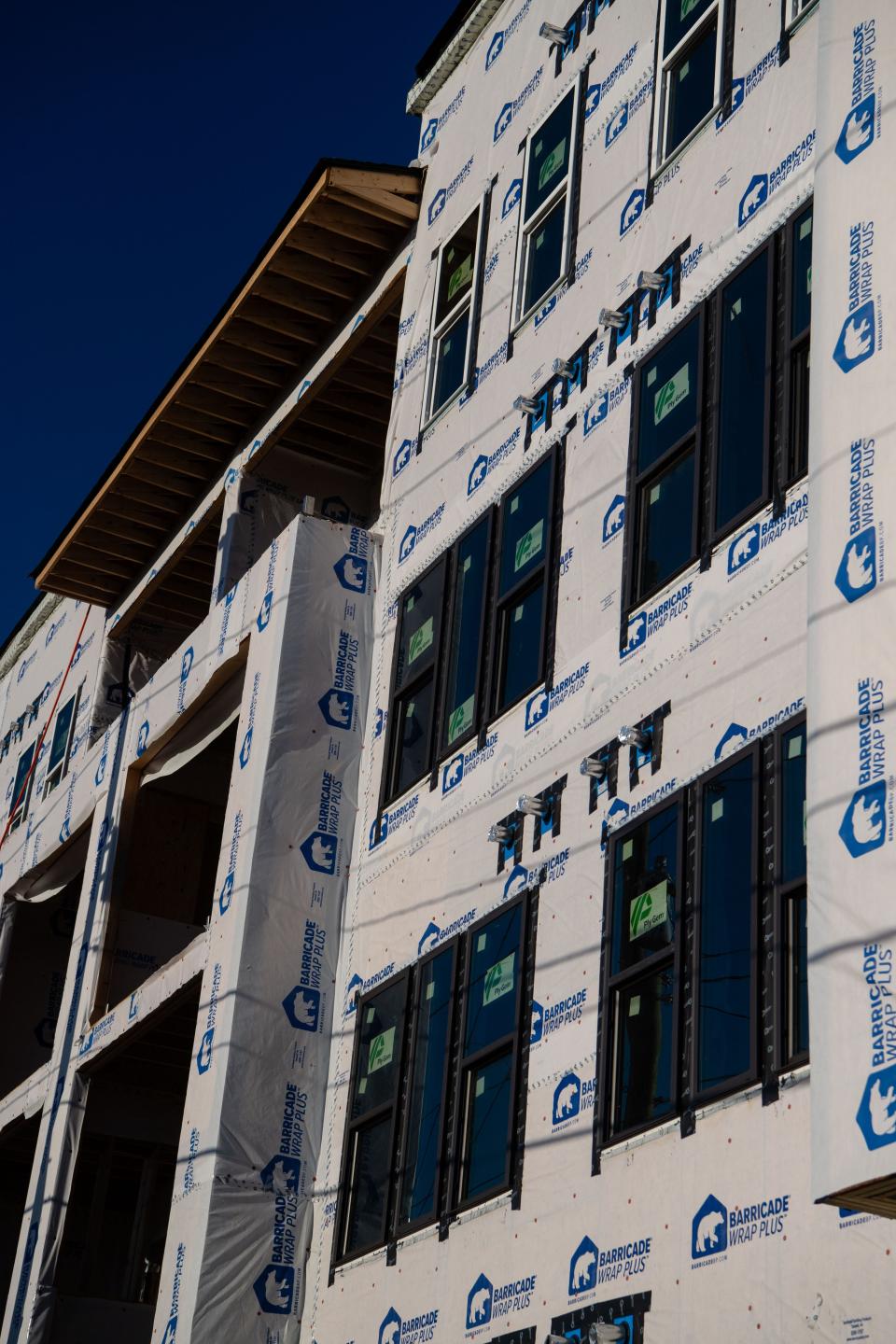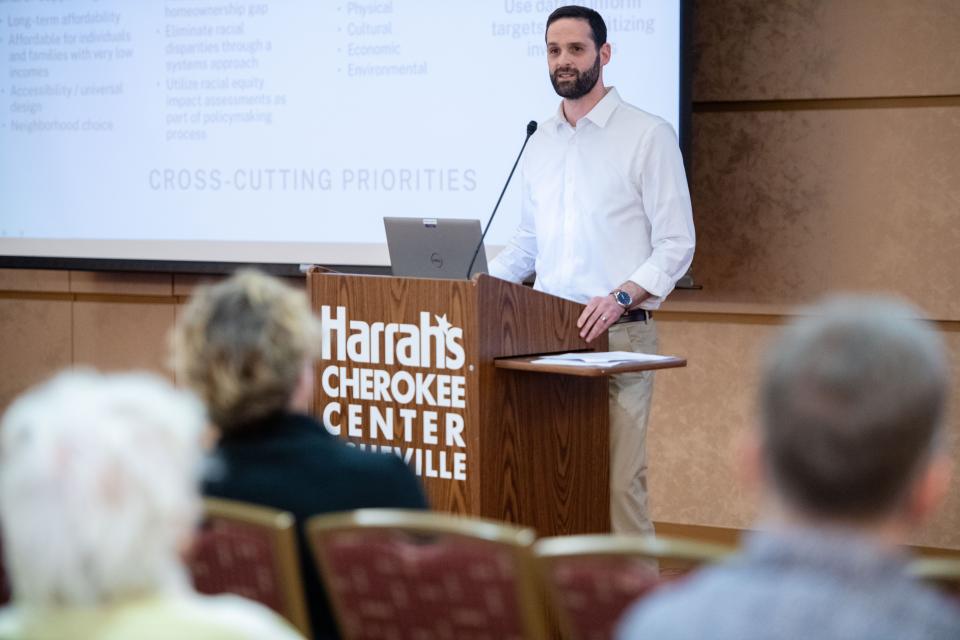Answer Man: How many residents qualify for affordable housing in Asheville?
Today's burning question considers affordable housing in Asheville and how many residents qualify for it. Have other questions for our staff? Email Executive Editor Karen Chávez at KChavez@citizentimes.com and your question could appear in an upcoming column.

Question: How many affordable housing units are currently in Asheville and Buncombe, including projects in progress like the apartments being built in the RAD and off Clingman, and those under the auspice of the Asheville Housing Authority and like agencies? How has the number of "affordable" units changed in the last 10 years? What percentage of the population is in need of or qualifies for affordable housing?
Answer: In this economy? Everyone needs affordable housing! Well, maybe not those who are making enough to purchase the $50 million estate in Highlands or those who are living in the neighboring town of Biltmore Forest, considered the "richest" in North Carolina.
But many of us, I believe, would say they aren't treading water, but rather drowning in this housing market.
Last year, we hit record high median home sale prices of $485,000 in Asheville. The metro has the third highest fair market rent for a one-bedroom apartment between North Carolina, Virginia, Georgia, South Carolina and Tennessee, according to the U.S. Department of Housing and Urban Development.
Harvard recently analyzed metropolitan areas across the United States and found that Asheville had the highest income to home price ratio in North Carolina, as the average home price costs 6.5 times the area's yearly median income. The other day, I spoke to Joint Center for Housing Studies of Harvard University senior research associate Alex Hermann who called the statistic "astounding" considering Asheville's size and location.

To start off on your question, reader, it's hard to exactly tell how many units of affordable housing are in the region, but some resources from Buncombe County can give us a rough estimate.
In 2023, the county developed the affordable housing map, a resource developed for those looking for Buncombe County housing that fits certain affordability or accessibility criteria. The map highlighted around 5,000 units in the county, including those in the City of Asheville and run by the Housing Authority of the City of Asheville. I should note that accessible units have been highlighted as particularly rare, as the recent Buncombe County Fair Housing Plan stated there are only 232 accessible units in the county.
Commission funds more affordable units: How Buncombe County will use $19M for affordable housing: new units, rent help, repairs
Asheville looks at affordability

As for other elements of this question, the city of Asheville has a head start.
The city discussed the draft Affordable Housing Plan developed by Enterprise Community Partners during a June 25 city council work session. The company had received a $146,517 contract last fall to start the study, an effort that was partially funded by Dogwood Health Trust. The final study is scheduled for publication by the end of July.
The results of the draft plan are, needless to say, staggering.
Housing cost-burdened households make-up 13,641 of Asheville's total households, meaning that many households pay 30% or more of their monthly income to housing and utilities, according to the draft. It's well over a third of Asheville's households.
In terms of projects currently in progress, I reached out to the City of Asheville recently to answer a very similar question earlier this year.
As of March, the city had funded 571 units of affordable housing since 2016. The Housing Trust Fund, a fund established by City Council in 2000 to boost the region's affordable housing opportunities, and other affordable housing funds have provided money for roughly 2,315 affordable housing units to date, according to the draft.
The most recent American Community Survey data indicates that 40% of Asheville's households make less than $50,000 a year, though separating this data between family and non-family households shows that only 28% of family households make less than $50,000 while a staggering 55% of non-family households make less than $50,000.
The threshold for those to qualify for a 80% area median income voucher is $52,350, according to the latest data from the United States Department of Housing and Urban Development. So, depending on how you process the data, about half of Asheville's households qualify for 80% AMI vouchers.
Another interesting aspect to this question is the conversation between growth and migration.

Jerah Smith, program director for Enterprise Community Partners, noted that much of Asheville's growth comes from in-migration from new residents whose incomes are typically higher, displacing those at lower incomes who currently live in the area.
"Based on our findings, the community's feelings are validated. Based on this evidence, growth is occurring and it's leaving them behind," Smith said.
Enterprise Community Partners estimates that the city will need to build 14,000 new homes by 2050 just to keep up with population growth "let alone tip the balance of affordability."
More: Asheville-based makers of the ENO hammock, popular outdoors brand, celebrates 25 years
More: Asheville spends millions on affordable housing; its neighbor, NC's richest town, $0
Will Hofmann is the Growth and Development Reporter for the Asheville Citizen Times, part of the USA Today Network. Got a tip? Email him at WHofmann@citizentimes.com.Please help support this type of journalism with a subscription to the Citizen Times.
This article originally appeared on Asheville Citizen Times: Answer Man: How many in Asheville qualify for affordable housing?

